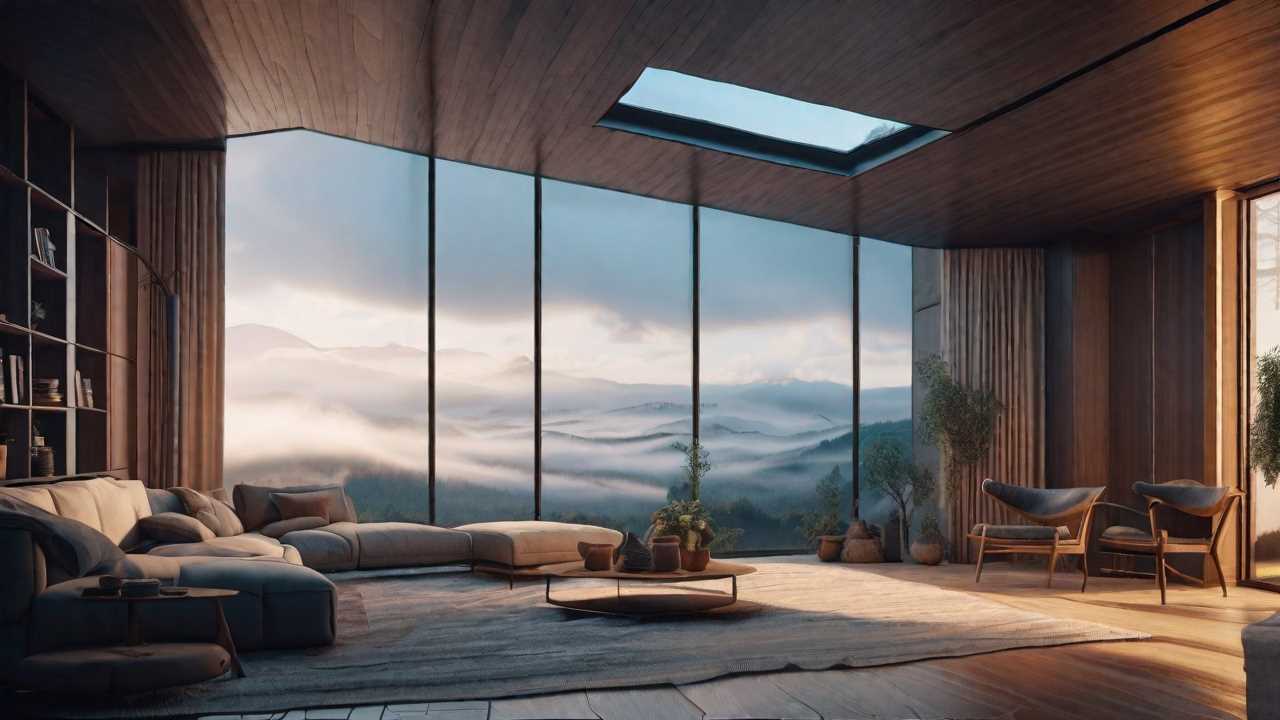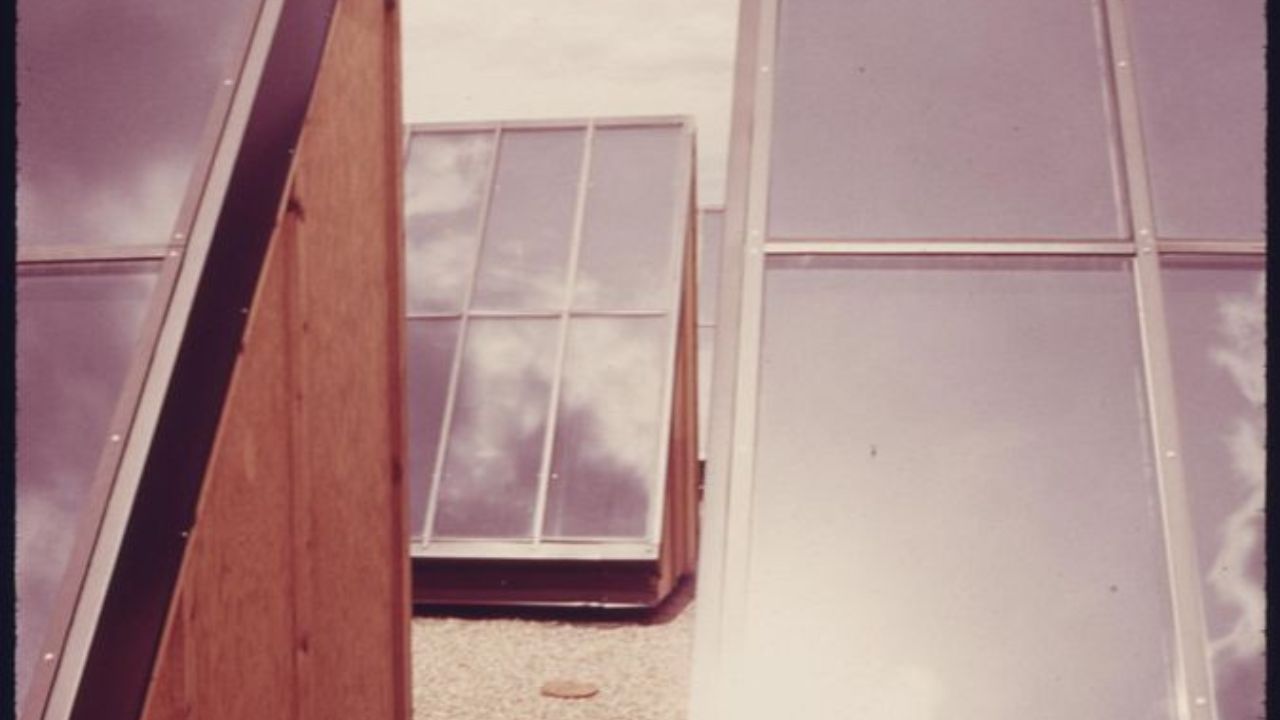
If you’ve ever wondered if skylights are culprits in letting heat escape your home, the answer might surprise you. While skylights can contribute to heat loss, the dynamics behind this process are more intricate than you think. Factors such as the type of glazing, installation techniques, and environmental conditions all come into play when considering whether skylights truly let heat out. Before jumping to assumptions, it’s essential to understand the nuances of heat transfer through skylights and how you can optimize their efficiency in your living space.
Listen to this Article
Understanding Skylights and Heat Transfer
When considering skylights and heat transfer, it’s important to understand the fundamental principles of how these architectural features impact the thermal dynamics of a space. Skylights can influence heat transfer through conduction, convection, and radiation processes.
Conduction occurs when heat is transferred directly through the skylight’s materials, affecting the interior space’s temperature. Convection involves air movement near the skylight, which can either improve or reduce heat transfer depending on the air currents present. Radiation also plays a significant role, with sunlight entering through the skylight and warming the space directly. Understanding how these mechanisms interact is vital for managing the thermal comfort of a room with skylights.
Factors Influencing Heat Loss Through Skylights
Factors influencing heat loss through skylights can be categorized into material properties, installation techniques, and external environmental conditions. Skylight heat loss can vary based on these factors:
- Material Properties:
- The type of glazing used, such as single pane, double pane, or low-emissivity coatings, greatly affects heat loss.
- Frame materials, like aluminum, vinyl, or wood, can impact the overall insulation of the skylight.
- Installation Techniques:
- Proper sealing and insulation around the skylight curb are vital to prevent air leakage and heat loss.
- The angle at which the skylight is installed can impact how much direct sunlight and heat enter the space.
- External Environmental Conditions:
- Weather conditions like wind speed, temperature differentials, and sunlight exposure significantly determine heat loss through skylights.
Understanding these factors and their interplay is essential in optimizing the energy efficiency of skylights and reducing heat loss in your living or working space.
Energy Efficiency Benefits of Skylights
Skylights offer a range of energy efficiency benefits that can positively impact the overall environmental performance of a building. By introducing natural light into a space, skylights can reduce the need for artificial lighting during the day, leading to lower energy consumption. This not only saves on electricity costs but also decreases the carbon footprint of the building. Additionally, skylights can provide passive solar heating in colder months, helping to reduce the reliance on mechanical heating systems.
Properly designed skylights can also improve ventilation, allowing for the passive exchange of indoor and outdoor air. This natural ventilation helps regulate indoor temperatures and reduce the need for air conditioning, further enhancing energy efficiency. Furthermore, skylights can create a more visually appealing and comfortable environment, promoting occupant well-being and productivity.
Tips to Minimize Heat Loss From Skylights

To optimize the energy efficiency of skylights and minimize heat loss, consider implementing strategic insulation measures around the perimeter of the skylight installation. Proper insulation can help prevent heat transfer through the skylight, keeping your space comfortable and reducing energy costs.
Here are some tips to minimize heat loss from skylights:
- Use double or triple-pane glazing: Opt for skylights with multiple layers of glass to improve insulation and reduce heat loss.
- Install insulated window frames: Choose skylights with insulated frames to minimize thermal bridging and prevent heat from escaping.
- Apply weather-stripping: Seal any gaps between the skylight frame and the roof with weather-stripping to improve insulation and prevent drafts.
- Consider heat-resistant window treatments: Use blinds, shades, or films that provide additional insulation and can be closed during colder periods to reduce heat loss.
Implementing these strategies can help you maximize the energy efficiency of your skylights and create a more comfortable indoor environment while minimizing heat loss.
Myth Busting: Do Skylights Really Let Heat Out?
Contrary to popular belief, skylights can contribute to building heat loss if not properly insulated and sealed. When skylights aren’t adequately sealed, they can create a pathway for warm air to escape and cold air to infiltrate, leading to heat loss. This phenomenon occurs due to the difference in temperature between the interior of the building and the outside environment.
To prevent heat loss through skylights, it’s important to ensure proper installation and insulation. Using double or triple-pane glazing can help improve the thermal efficiency of skylights by reducing heat transfer. Additionally, incorporating low-emissivity coatings on the glazing can improve insulation properties and minimize heat loss.
Regular maintenance of skylights is also vital in preventing heat loss. Checking for any gaps, cracks, or damaged seals and promptly addressing them can help maintain the integrity of the skylight system and prevent unwanted heat loss. By taking these measures, you can effectively reduce heat loss through skylights and improve the overall energy efficiency of your building.
Frequently Asked Questions
How Do Skylights Affect Indoor Air Quality?
When considering how skylights affect indoor air quality, it’s important to note that they can improve ventilation by allowing fresh air to circulate. Properly designed skylights with operable vents can help regulate humidity levels and reduce pollutants.
Can Skylights Contribute to Excessive Heat Gain in Summer?
Skylights can indeed contribute to excessive heat gain in summer. The sunlight passing through them can increase indoor temperatures, especially if not properly managed with shading or heat-reducing glazing. Consider these factors when installing skylights.
Are There Skylight Options That Minimize Heat Loss?
To minimize heat loss, consider skylights with low-e coatings or insulated glazing. These options help regulate indoor temperatures by reducing heat transfer. Proper installation and sealing are essential to guarantee energy efficiency and comfort in your space.
Do Skylights Impact the Lifespan of Roofing Materials?
Roofing materials dance to the beat of time, while skylights play a curious role in this performance. Their presence can quicken the tempo, leading to potential wear. Consider this waltz carefully.
What Maintenance Is Required to Ensure Skylights Are Energy-Efficient?
To maintain skylights energy-efficient, guarantee proper sealing, clean regularly to prevent dirt buildup, and consider using energy-efficient glazing. Regular maintenance like checking for leaks, replacing worn seals, and addressing any issues promptly will help maximize efficiency.